Hollies are a very popular 'shrub to tree' accent in the landscape.
For seasonal interest, the females will produce a red berry in the winter, bringing birds into the area.
Hollies offer perfectly protected areas for nesting birds, as well.
Several varieties can also serve as protective barriers around property lines, due to their prickley nature.
'Yapon' hollies require little shaping / pruning.
'Nellie Stevens' and 'Burford' hollies are another story.
 |
| Burford Holly Hedge |
When pruning hollies, I, personally, suggest that you leave the hedge shears in the shed. Use of them only stimulates more new growth, as each cut will produce 2 new shoots within weeks, adding much more work for you.
The best solution I have found involves hand pruning down to the woody branches that are at least the size of pencils. Wherever there are multiple branching, eliminate the multiples & cut to the older wood.
When pruning, stagger the pruning so you are not cutting a straight, flat top. There is a natural, rounded shape to most shrubs.
Step back often to examine your work. This helps me keep an eye on the overall shape of things to come.
There are some 'dwarf' varieties on the market today that are wonderful and maintain a great shape with little (but some) maintenance required.
 Reposting from 6-08-2012 |
| Dwarf Burford Holly |










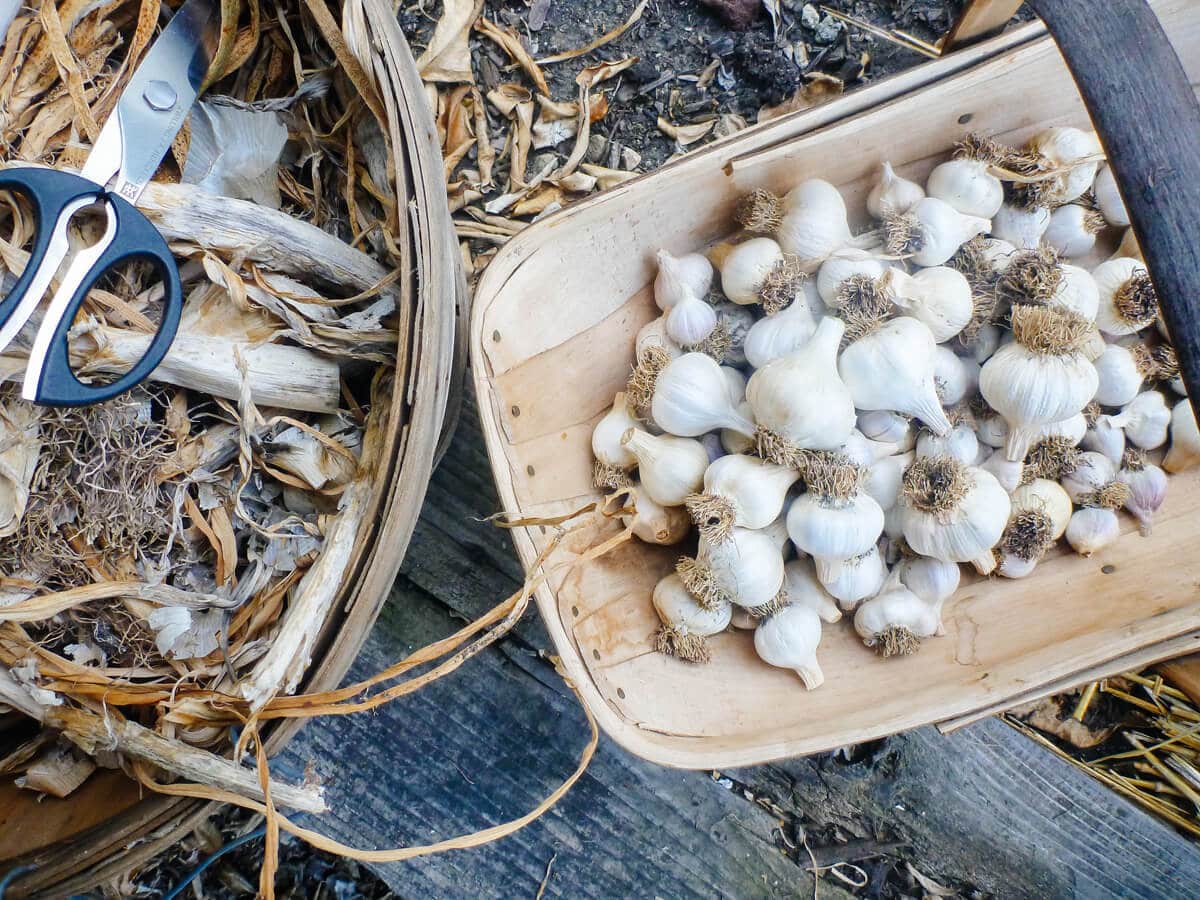
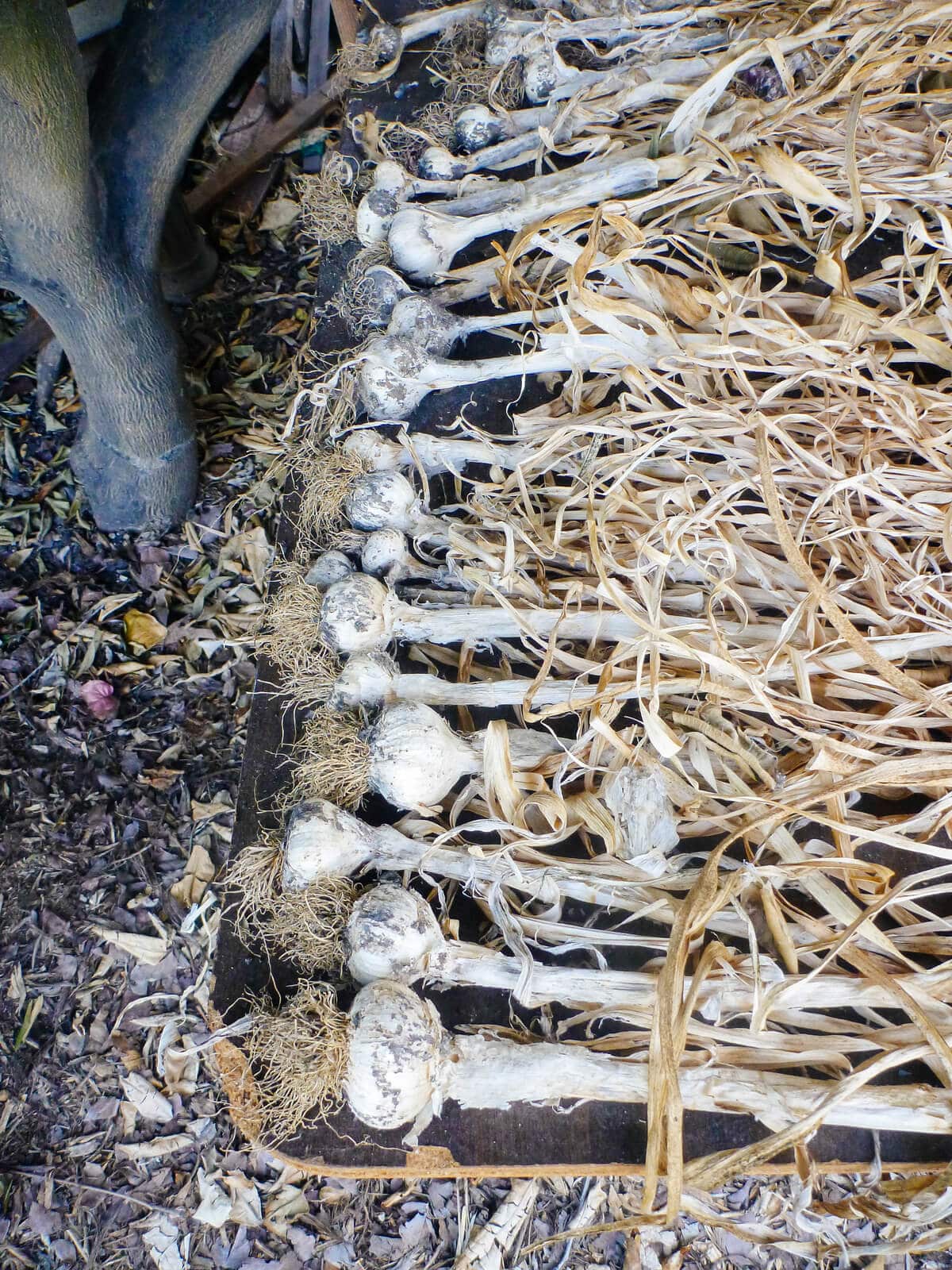
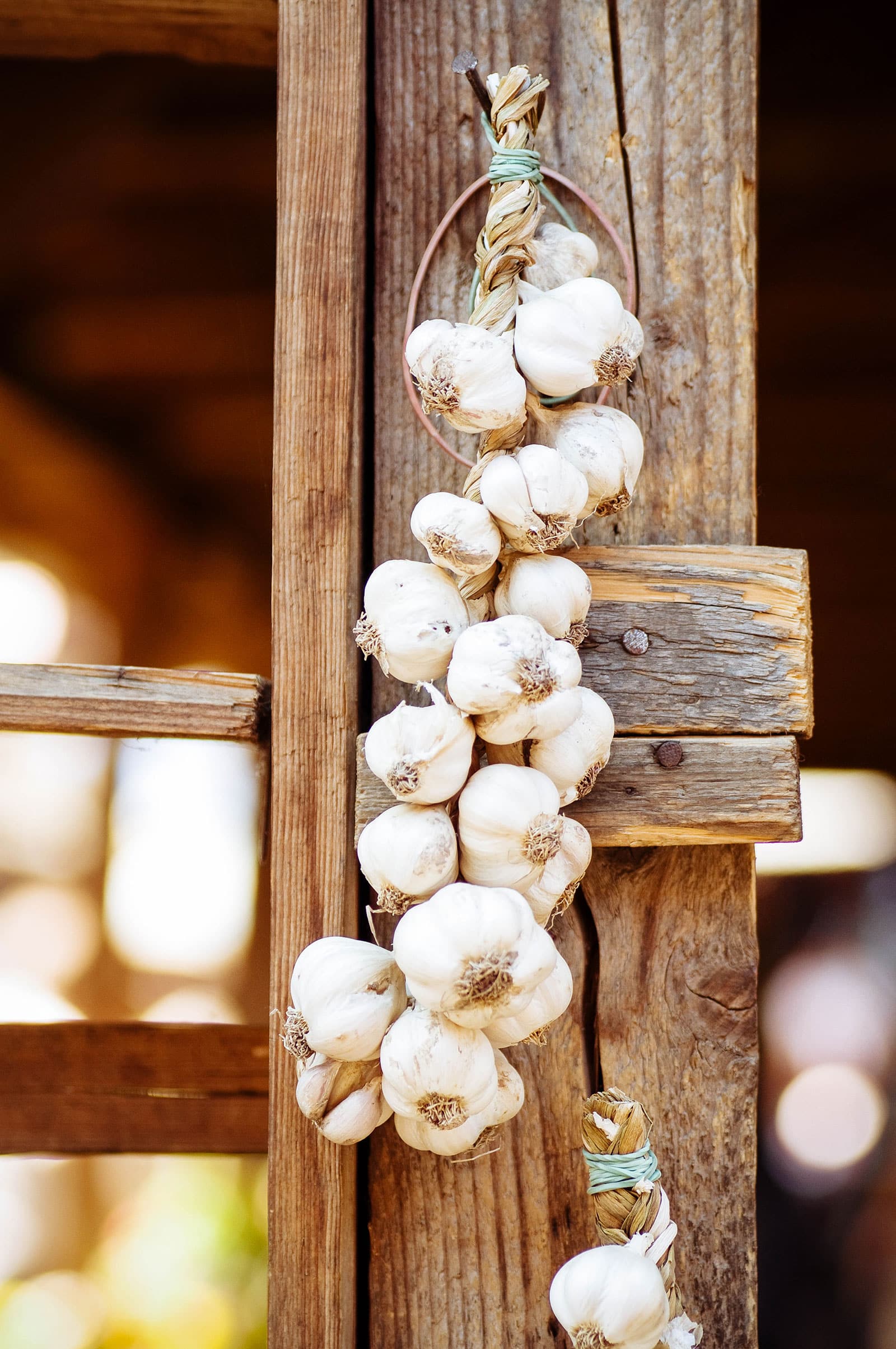
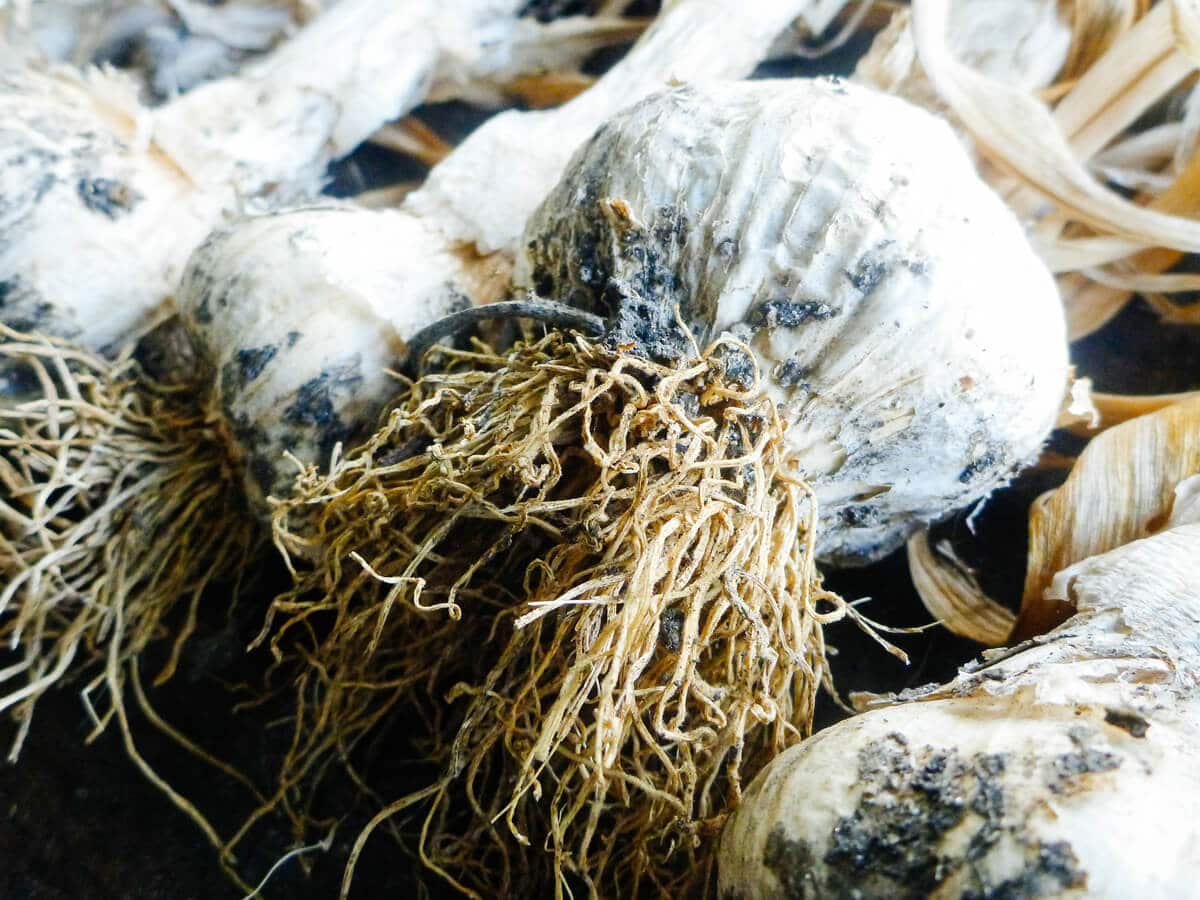
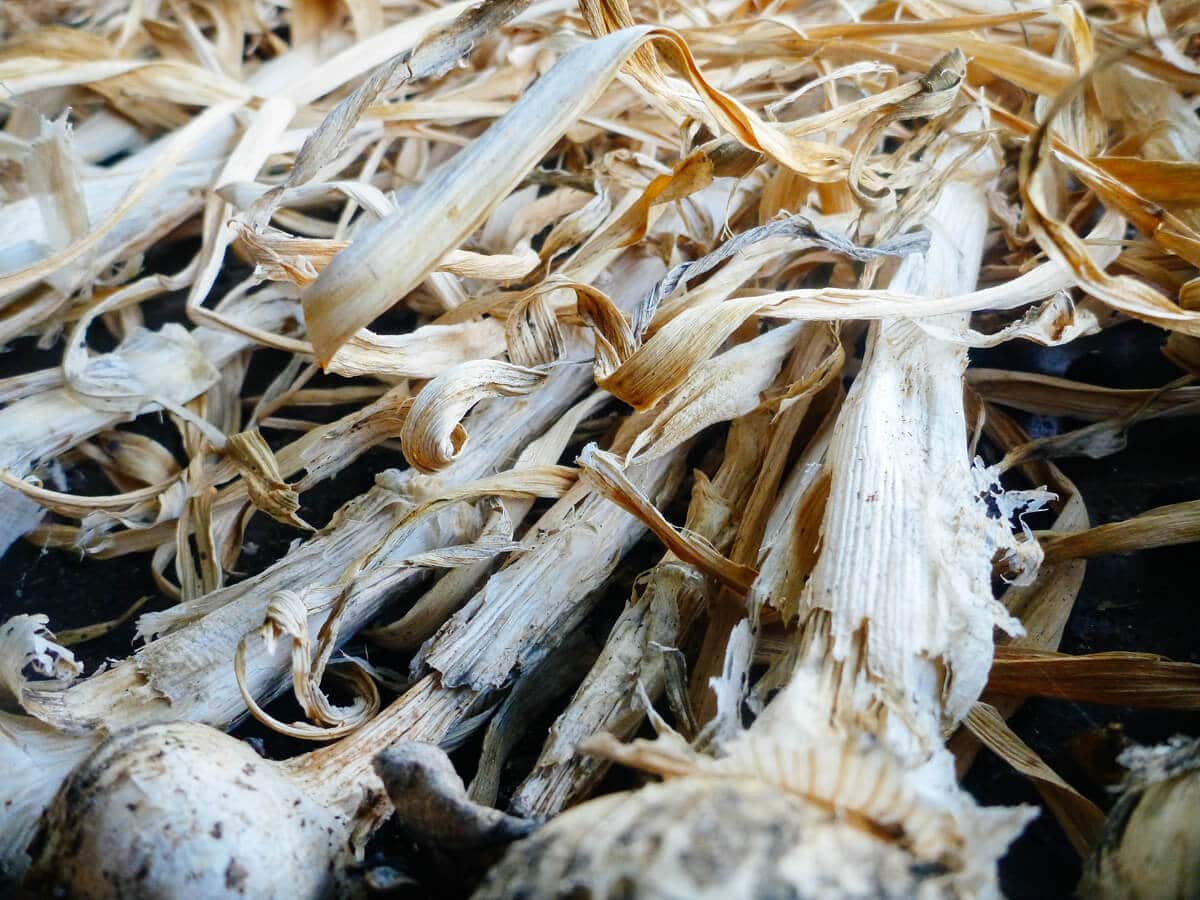
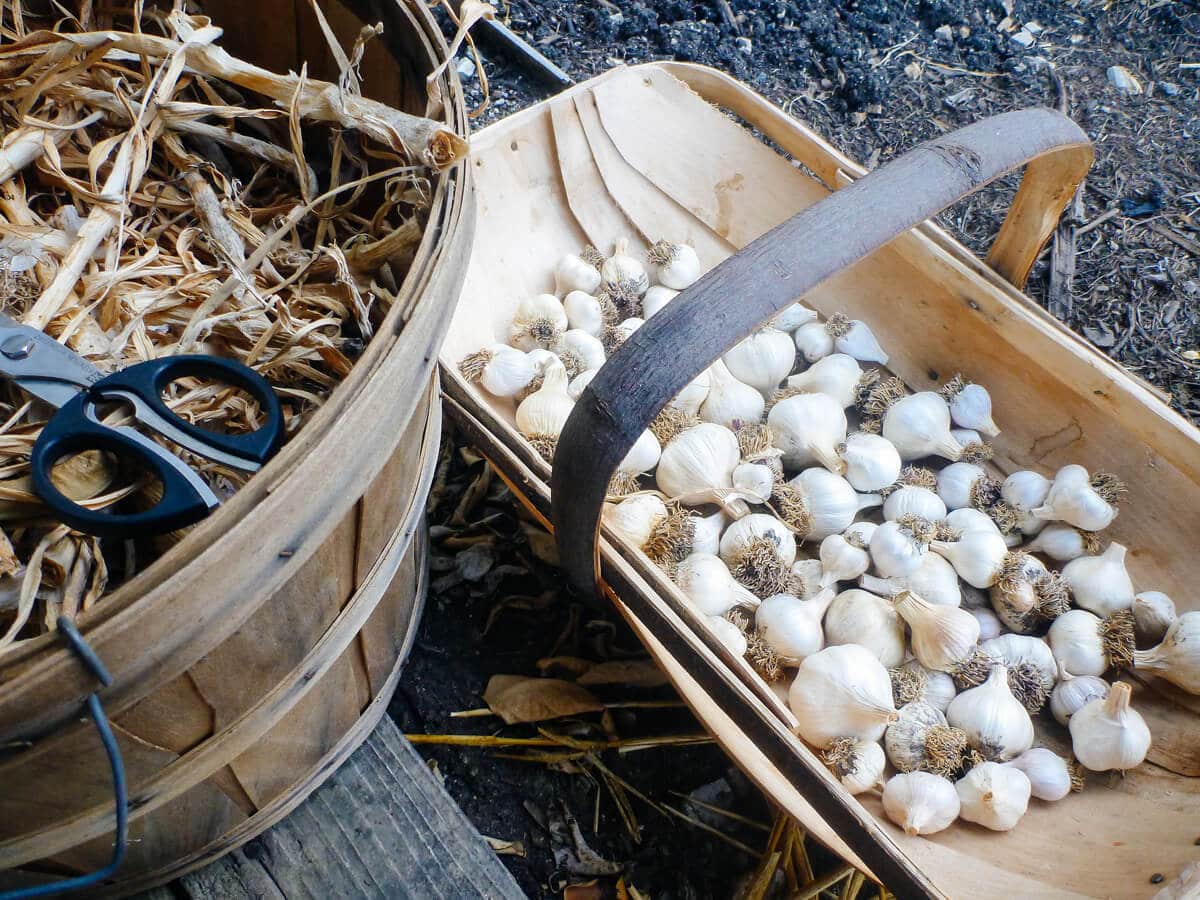
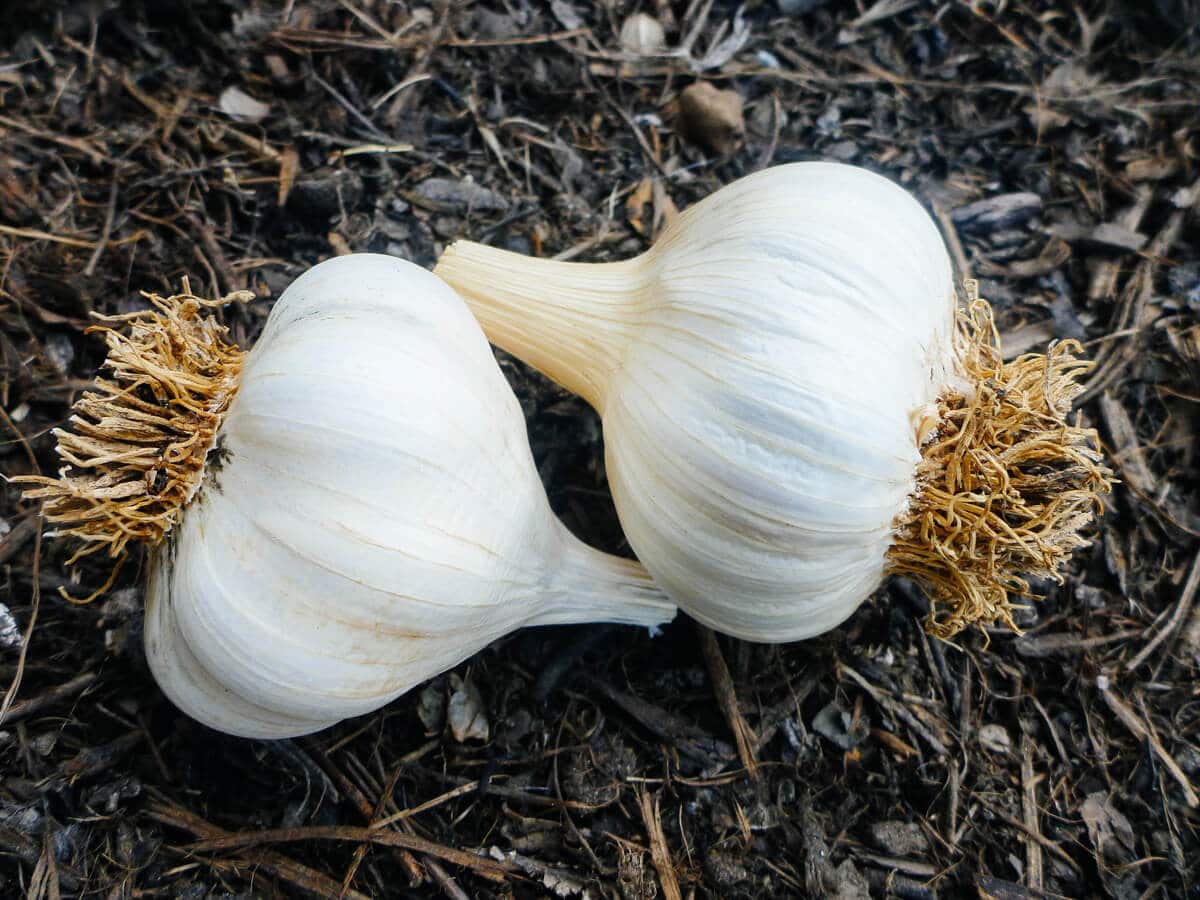








 container gardens in full sun.
container gardens in full sun.
